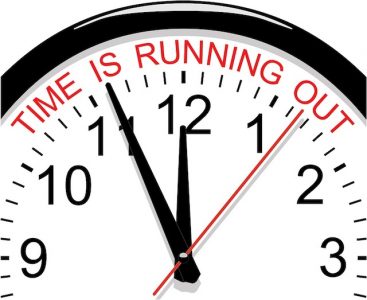Monetary cost is a crucial ingredient to any project plan. However, time is also essential. Quick solutions almost always cost more and have lower quality due to constraints on building them. The three-legged stool is time-money-resources, and that last one pulls less weight. There is often a limit to the impact resources can make. You can not get nine women to make a baby in one month. While this holds for all three of those constraints, time may be the most valuable to have in abundance.
Quick Solutions vs. Better Ones
Sometimes, a project or product can be done quickly and still be of high quality. Unfortunately, that is rarely the case. Instead, we must put in the hours and work to think through the problem and adequately craft an answer. Thus, the more time you have to work on the product or application, the more freedom you have to adjust for finances, resources, and quality. That makes it tempting to get a product built and shipped or installed, but its usefulness will be questionable. You would not want a doctor to rush through surgery. Likewise, rushed software is terrible software. That is one of the reasons projects so often fail.
Setting Your Time Limits
Timing is a difficult question to answer. Of course, we always want something sooner rather than later. However, there are hard limits to your schedule that come from various factors.
- A commercial product launch window
- Financial or Calendar year
- Business and compliance deadlines
- Seasonal or cyclical needs
- Synchronize with business plans
- Return on investment
- Quality
These are essential constraints that can help you answer the timing question and might push you towards or away from quick solutions.
A Launch Window
Even the best solutions have a lifespan and window of opportunity. We must meet those market deadlines for our product to be viable. Sometimes, that is a wide window, and sometimes, a tight fit. You might be forced to adjust features to squeeze it in this constraint. For example, you might know you can be first to market if you ship by a specific date and need that advantage. You can research the IDE tools released in the early ’90s when Java hit the scene to see how those things can play out. There were a few lower quality tools that aimed for first to market.
Annual and Cyclical Targets
Launch windows can be tough to determine. Others are hard deadlines and easy to factor in. A good example is when you are releasing a solution or features that will impact accounting. Whether it is monthly reports or payroll, there are times when mistakes during product release can be devastating. This is why many companies have quiet periods around the busy sales months.
Synchronizing the Release
There are other tasks related to product releases that are not technical. These include sales and marketing materials, training, packaging, and more. These related tasks can add time constraints that we need to include. On the other hand, these same tasks can sometimes give us more time than we expected. For example, when we miss a cyclical target, we can add weeks or more to our release window to achieve our objectives before the next cycle.
ROI and Quality
We all have seen products just shoved out the door to make a quick return. While that is a viable business model, it is rarely sustainable. If you have quick solutions of low quality, then you need to make your ROI quickly before everyone sees you have an inferior product. A high-quality product can increase your ROI and shift your focus towards a better product later rather than lower quality sooner. These business decisions are essential to decide when you start your project.
Signing Off On This Question
This question can be answered in a few ways. There is the desired time frame or deadlines, and then there are alternatives. You may not have an alternative. There are cases where you must have a product available by a specific date or timeframe to make it viable. Other times allow for multiple time windows, and you should have plans that consider those. That might also point to a phased release with an MVP for the first deadline and enhancements to follow. In any case, know what you are working with before you begin.
Improve Software Success
We have an e-book that can help you explore all the steps in building software, including a few templates. We ask that you share an e-mail address so we can send you a copy. We add you to our monthly newsletter, but you can unsubscribe anytime. Your data is not shared with anyone else. Learn more about our book here.

Leave a Reply
You must be logged in to post a comment.